Red tide is a nasty occurrence, no matter which waters become infested with the microscopic algae known as Karenia brevis that can become dense enough to cause a massive fish-killing bloom.
However, it’s good news that state scientists are on the case, and have conducted research on the large-scale events dating back nearly 75 years. In fact, the University of Texas Marine Science Institute in Port Aransas was founded in large part because of a red tide occurrence.
In summer 1935, the founding director of the Institute, Dr. Elmer J. Lund, came to the coast to investigate a massive fish kill, noting “escape of irritating gas dissolved in sea water” and that the main species of fish killed were those residing in surface waters, according to the Institute’s published history. In a report to the Texas Game, Fish & Oyster Commission, Lund documented his observations and lingering questions about the kills pushed him to persuade the University of Texas in Austin to create and support a marine lab on the coast. It later opened what has now become a world-class research facility in 1941.
The Institute has been working tirelessly on the most recent red tide event. Back in September and through October, scientists confirmed the bloom as the cause for a big stink in Corpus Christi Bay, along the Padre Island National Seashore and San Jose Island, and in the Port Aransas Ship Channel, responsible for killing huge numbers of bait fish and even some trophy sized game fish, including speckled trout, redfish and snapper.
Fish aren’t the only creatures affected by a red tide event. The algae produce brevetoxins, which can cause irritation to the eyes, noses and throats of humans and pets. In addition, when bays have high counts of the algae, the Department of State Health Services will close them to shellfish harvesting. Karenia brevis is a fragile algae and in rough conditions like surf it will break into small pieces and release noxious particles and chemicals into the air in wind-blown aerosols, which is to blame for irritation, especially along Gulf beaches. Red tides also move and change shape with ocean tides, currents and winds, which in the case of the most recent outbreak pushed a noxious smell over large portions of the city of Corpus Christi. It’s also not uncommon for windswept red tide concentrations to linger for long periods around jetties and other outcroppings, harbor and cove areas.
The brevetoxins can have more than a foul impact, causing severe illness if consumed and pets that consume dead fish or other creatures with high concentrations of brevetoxins possibly could die as a result. Shellfish such as oysters also concentrate brevetoxins from red tides, and because the cooking process doesn’t deactivate or kill brevetoxins, can cause illness if eaten. It also should be noted that fish spines, bones and other pieces left on the beach after a red tide event can cause puncture wounds and pass off dangerous infections from high levels of bacteria in the decomposing fish.
While red tide has become a certainty annually during summer and into fall, cooler temperatures typically dissipate the outbreaks, providing some relief to coastal residents. Let’s hope that’s the case again this year and in coming ones, too.
More information about red tide:


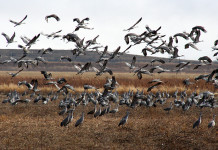
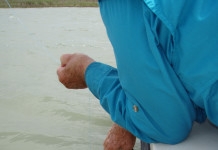


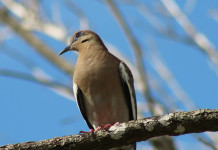










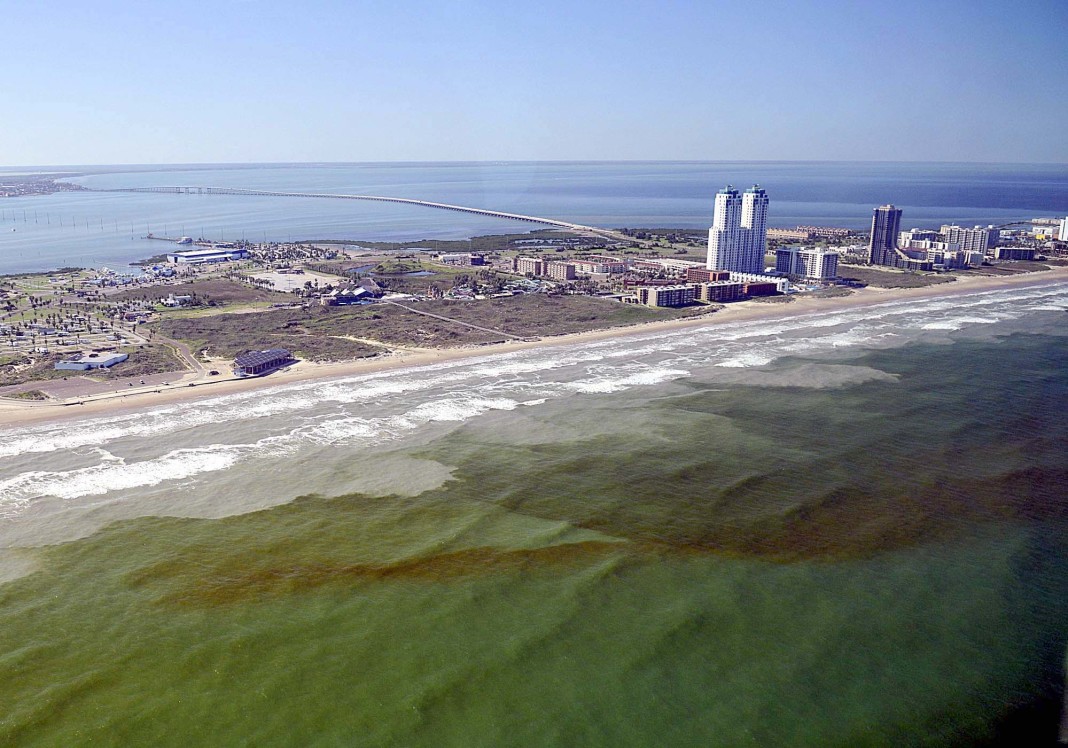
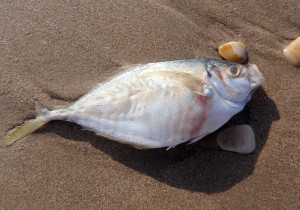
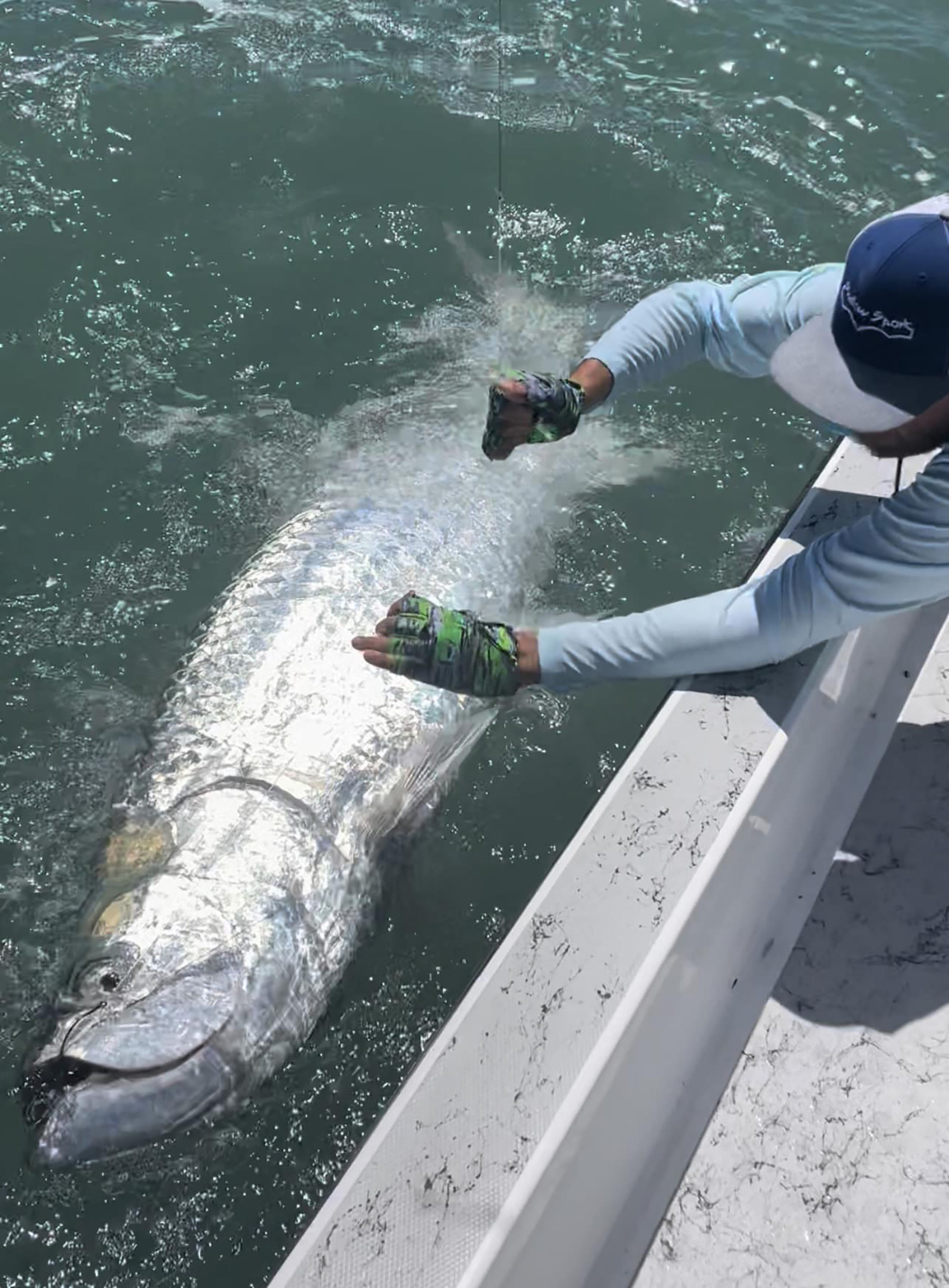
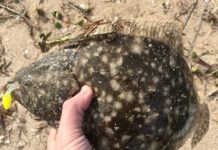



The fact that University of Texas Marine Science Institute in Port Aransas was founded because of a red tide occurrence says something about the impact these events have.